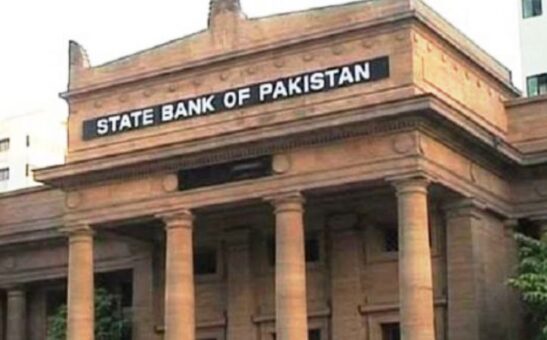KARACHI – The State Bank of Pakistan (SBP) has released the foreign exchange rates for October 24, 2022, providing a snapshot of the value of the Pakistani Rupee (PKR) against major international currencies.
These rates, based on the weighted average rates of commercial banks, serve as crucial indicators for trade, investments, and financial activities.
As of October 24, 2022, the buying and selling rates for selected foreign currencies in PKR are as follows:
• UAE Dirham (AED):
• Buying: 59.9954 PKR
• Selling: 60.1017 PKR
• Australian Dollar (AUD):
• Buying: 139.3522 PKR
• Selling: 139.6059 PKR
• Canadian Dollar (CAD):
• Buying: 139.6059 PKR
• Selling: 161.1679 PKR
• Swiss Franc (CHF):
• Buying: 220.6124 PKR
• Selling: 221.0178 PKR
• Chinese Yuan (CNY):
• Buying: 30.3610 PKR
• Selling: 30.4120 PKR
• Euro (EUR):
• Buying: 216.8171 PKR
• Selling: 217.2284 PKR
• UK Pound (GBP):
• Buying: 249.9251 PKR
• Selling: 250.3965 PKR
• Japanese Yen (JPY):
• Buying: 1.4770 PKR
• Selling: 1.4797 PKR
• Saudi Riyal (SAR):
• Buying: 58.5945 PKR
• Selling: 58.7021 PKR
• US Dollar (USD):
• Buying: 220.2004 PKR
• Selling: 220.6164 PKR
The exchange rates are pivotal for businesses involved in international trade, investors, and individuals conducting cross-border transactions. The USD to PKR exchange rate, a key benchmark for global transactions, stands at 220.2004 PKR for buying and 220.6164 PKR for selling on this specific date.
The fluctuation in exchange rates can have profound effects on various sectors of the economy. A stronger PKR may make imports more affordable but could present challenges for exporters. Conversely, a weaker PKR might boost exports but could increase the cost of imported goods.
The SBP’s commitment to regularly updating these rates enhances transparency in the foreign exchange market, enabling businesses and investors to make well-informed decisions. Central banks, including the SBP, often intervene in the foreign exchange market to stabilize their national currencies and maintain economic stability.
Economic analysts will closely examine these rates to identify trends, potential impacts on the domestic economy, and provide insights into the broader economic landscape. As the global economic environment continues to evolve, the SBP’s timely and accurate information on foreign exchange rates remains essential for navigating the complexities of international finance and trade.
